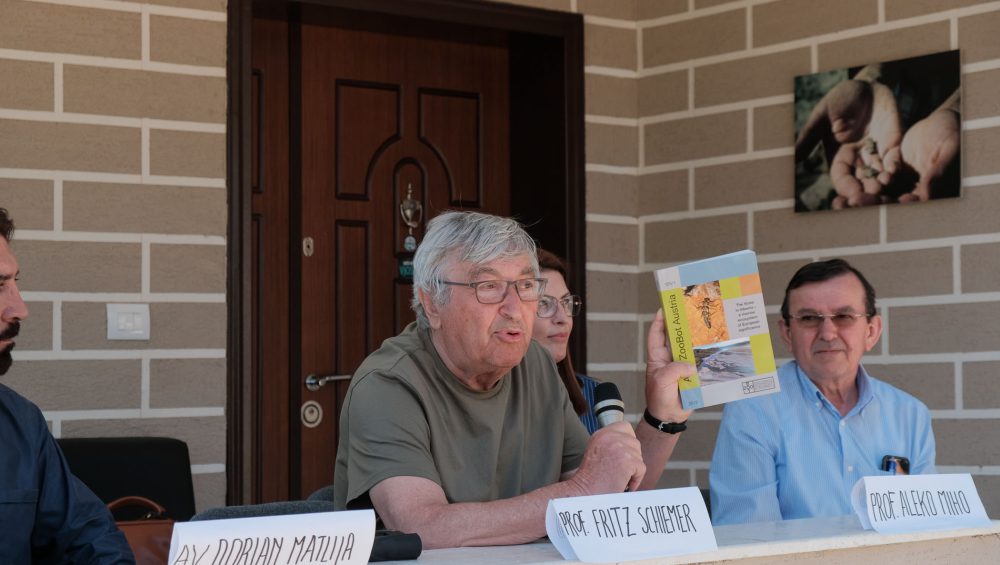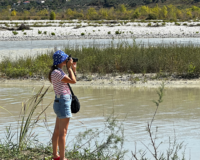Tepelena/Brataj Albania, Vienna, Radolfzell, June 3, 2021. From May 29 to June 6, a group of scientists from Austria, Albania, Italy and Germany, collected multidisciplinary data from the two major Vjosa tributaries Shushica and Bence. This research week is a follow-up of a comparable undertaking at the Vjosa in 2017 (HYPERLINK), which contributed substantially to our success in establishing the ecological value of the Vjosa, fending off the hydropower projects (HPP) and the designation as a protected area.
With this year’s research week, organized once again by the two lead scientists Prof. Fritz Schiemer (University of Vienna) and his Albanian counterpart Prof. Aleko Miho (University of Tirana, the scientists pursue a similar goal: while the hydropower threat to the Vjosa is averted for the time being, her major tributaries are still under attack. Five HPPs are projected on the Shushica, while the Bence is threatened by no less than eight HPPs. The scientists explain, that in order to protect the Vjosa, it is vital to also protect her tributaries, as the uniqueness of the Vjosa river system lies in the intactness of the entire catchment.
“If you destroy her tributaries, the Vjosa will inevitably be destroyed too, just like the trunk of a tree eventually dies if you cut off all its branches.” Fritz Schiemer emphasizes.
To show the value of this picturesque tributaries, multidisciplinary research is essential. Thus, it required 35 experts from different disciplines to gain a comprehensive insight: hydromorphologists, vegetation ecologists, algologists, specialists in aquatic and terrestrial invertebrates, ichthyologists, ornithologists, herpetologists, experts self-purification processes and groundwater ecologists. The scientists spared no expense and effort to participate in this research week and contribute to the protection of these outstanding ecosystems.
“We offer once again our support to the newly elected government of Albania in protecting the unique Vjosa river network and establishing Europe’s firt wild river national park. If you build a single dam” says Prof. Aleko Miho.
“The HPPs on the Shushica are currently the most imminent threat. Together with the local communities along the river and NGOs, we are determined to stop these projects. For this battle, the data collected will be crucial,” says Dorian Matlija, layer from the organization Res Publica.
The Shushica and Bence, as well as other free-flowing tributaries should become part of the Vjosa National Park, but therefore they need to remain undammed. If just one dam is built, the respective river could no longer be included in the national park. That would also destroy the economic opportunity from eco-tourism for the local communities.







